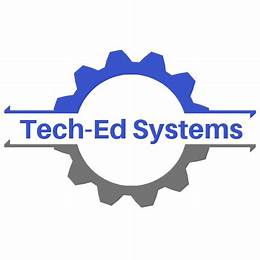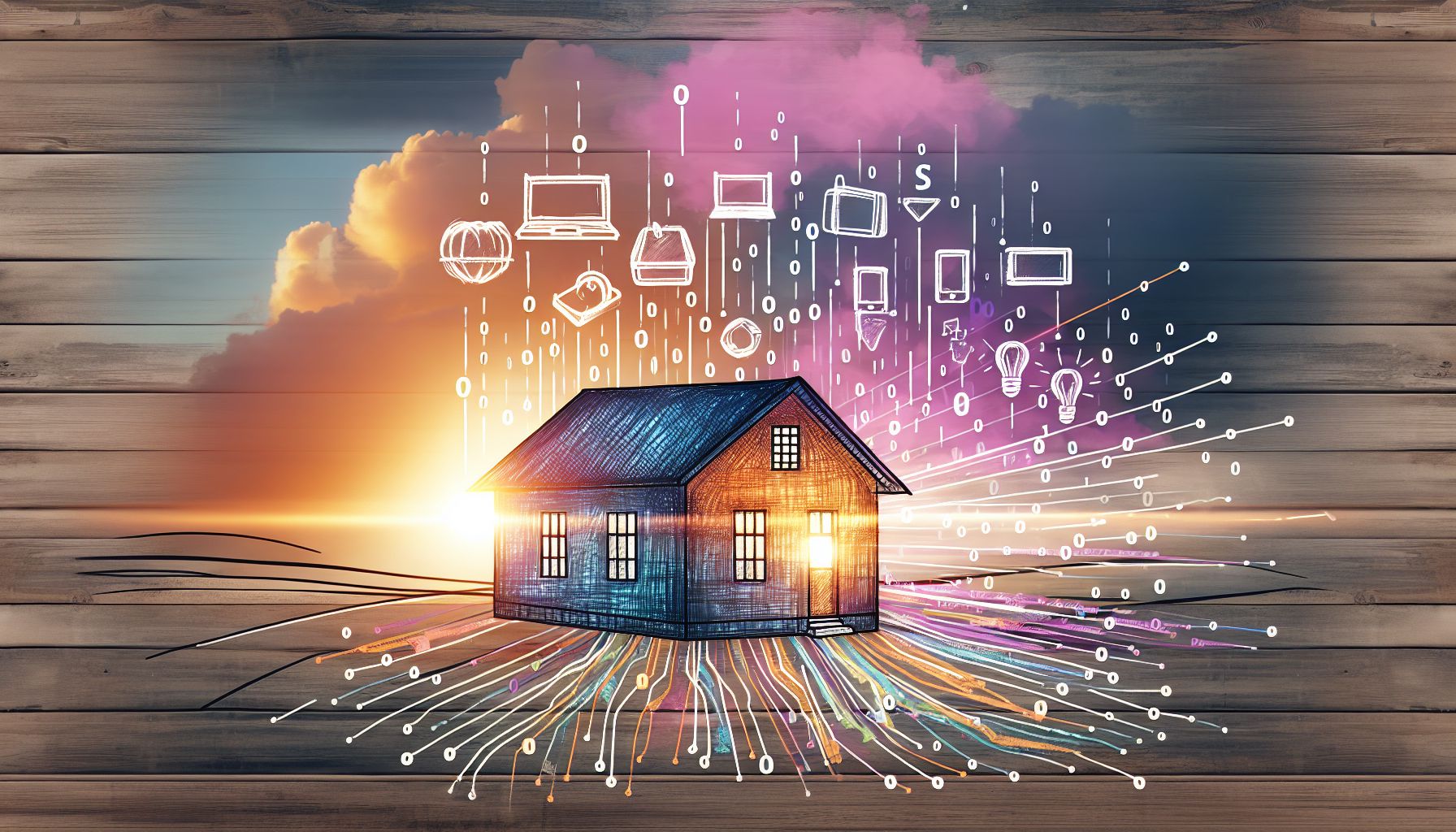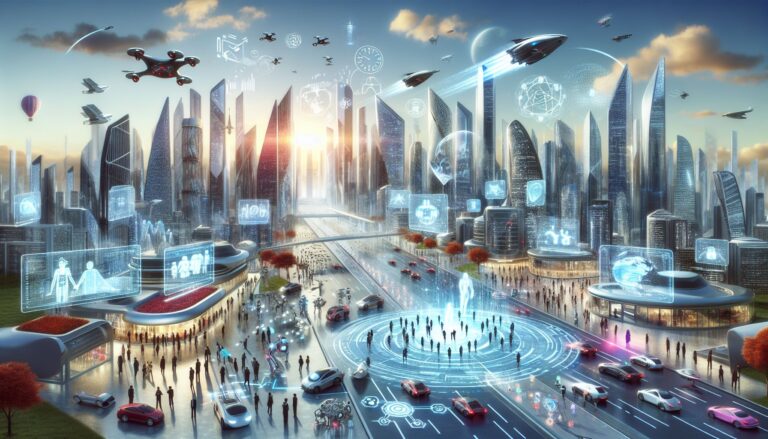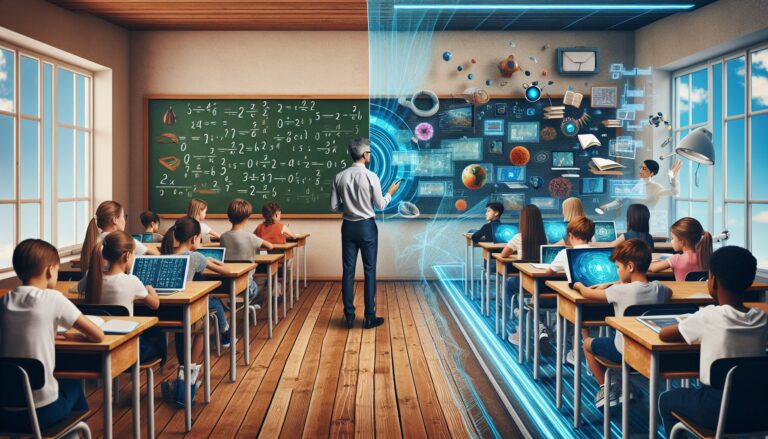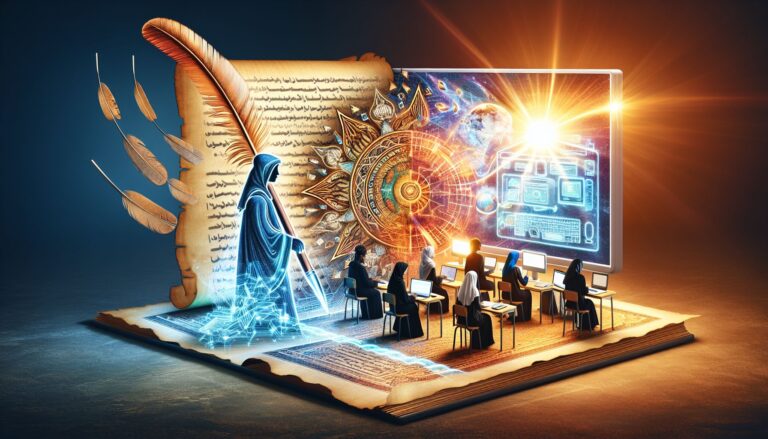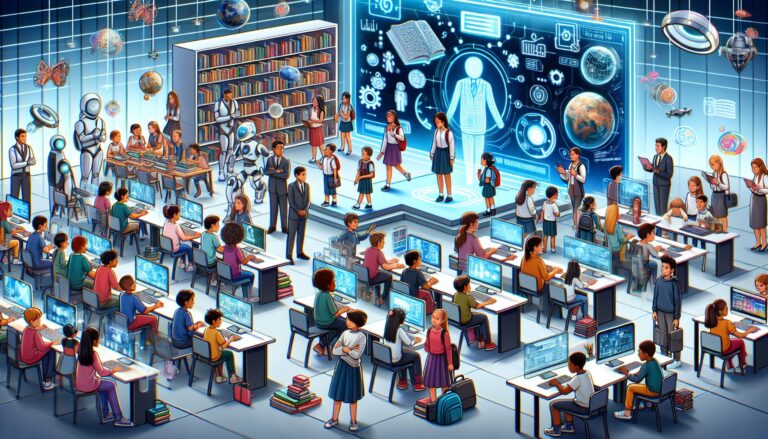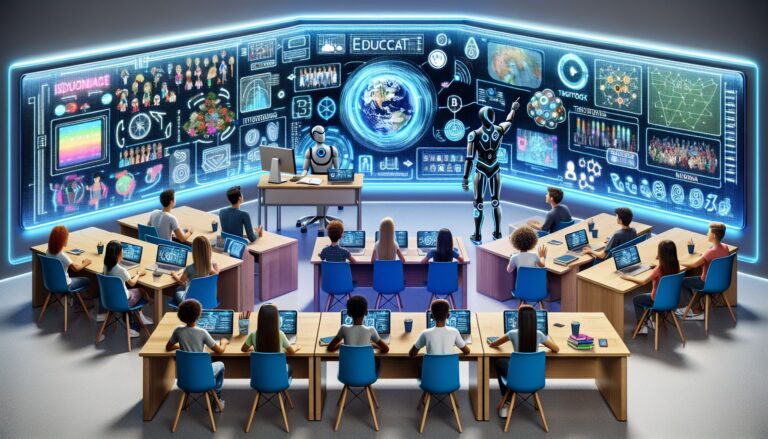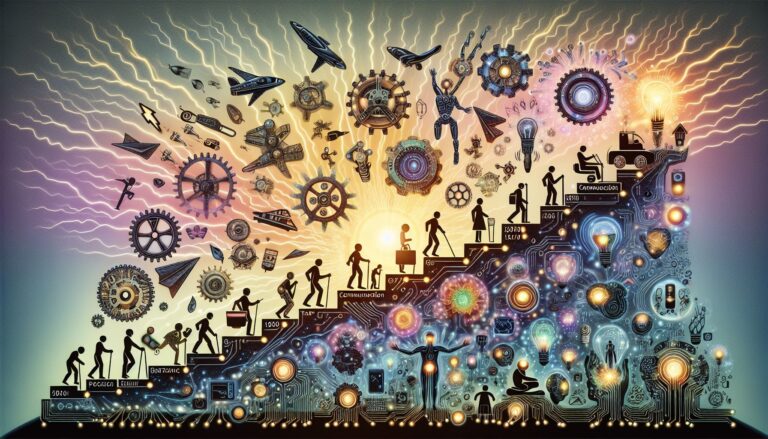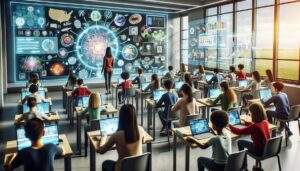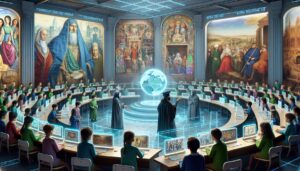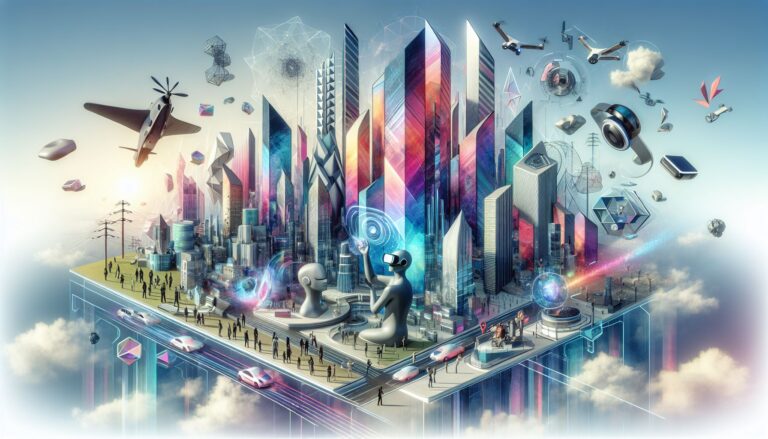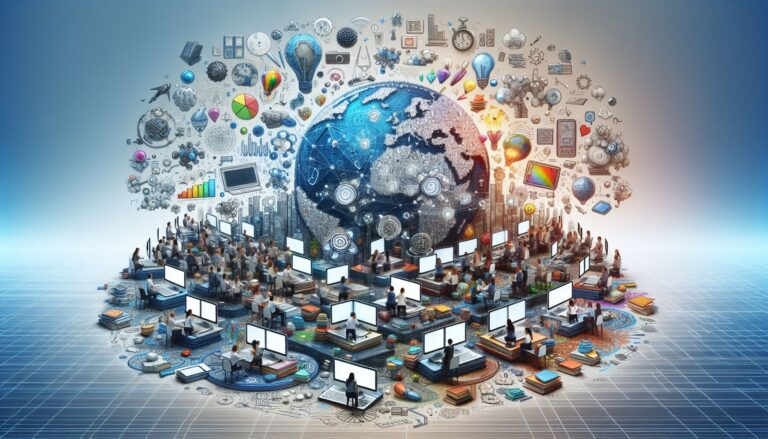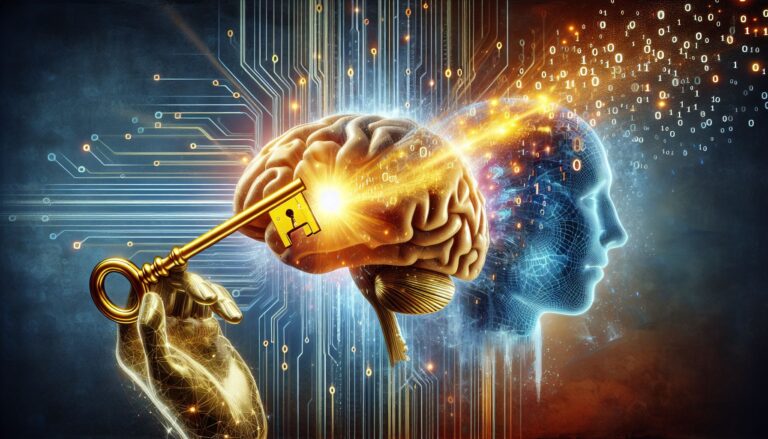In the whirlwind of the Fourth Industrial Revolution, technology’s omnipresence is not just an observation—it’s the palpable heartbeat of progression across all sectors. From AI-fueled analytics to blockchain’s impregnable chains of data, innovation is not just knocking at the door; it’s redesigning the house. This evolution extends its reach deeply into the realm of education, where the fusion of technological marvels with the human thirst for knowledge promises to engender an educational Renaissance.
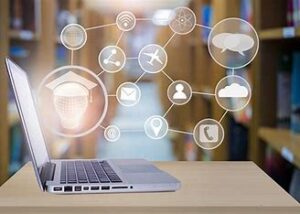 The integration of digital tools into the learning environment has been gathering momentum for years, transforming the traditional chalk-and-talk pedagogy into something altogether more dynamic. Platforms once considered supplementary are now integral, facilitating a myriad of learning experiences that extend beyond the classroom’s four walls. Virtual reality (VR) takes students on immersive historical journeys, while Augmented Reality (AR) brings complex concepts to life, spawning an interactive learning space where theory and practice coalesce.
The integration of digital tools into the learning environment has been gathering momentum for years, transforming the traditional chalk-and-talk pedagogy into something altogether more dynamic. Platforms once considered supplementary are now integral, facilitating a myriad of learning experiences that extend beyond the classroom’s four walls. Virtual reality (VR) takes students on immersive historical journeys, while Augmented Reality (AR) brings complex concepts to life, spawning an interactive learning space where theory and practice coalesce.
Yet, it’s not merely about the devices or the software; it’s the holistic shift in the teacher-student dynamic that marks this epochal change. The role of educators is morphing from the sage on the stage to the guide by the side, as technology democratizes access to information. Teachers are increasingly becoming curators of knowledge, learning architects who design experiences that are personalized, engaging, and interactive. They leverage tools like Learning Management Systems (LMS) to track progress, identify knowledge gaps, and cater to individual learning styles, ensuring that education becomes a tailored suit rather than a one-size-fits-all garment.
However, the canvas of technology in learning is expansive, stretching its hues into areas like Artificial Intelligence (AI) and the Internet of Things (IoT). AI courses through the arteries of adaptive learning technologies, assessing and responding to a student’s abilities in real-time, offering a more nuanced experience than the static textbooks of yore. Meanwhile, IoT brings a dimension of interconnectedness, where physical and digital tools learn to communicate, offering a seamless blend of data-driven insights.
Yet, no technological advancement is without its hurdles. The digital divide is a chasm that must be bridged to prevent a knowledge gap that could exacerbate social inequalities. Reliable internet access and digital literacy are prerequisites for this educational model to flourish inclusively.
As we direct our gaze towards future horizons, the potential of educational technology to revolutionize learning is boundless. Ponder upon a learning ecosystem where AI personal tutors are as commonplace as schoolbooks, where VR-powered simulations replace field trips and IoT devices plant the seeds of curiosity in young minds that sprout into full-blown investigative projects.
The true power of this educational metamorphosis lies in its potential to not only impart knowledge but to instill a perpetual passion for learning. It’s about nurturing digital citizens who are equipped to navigate and shape the future with agility and insight. Education, then, is not merely the dew upon the dawn of our youth; it becomes the sustaining river that courses through the landscape of our lives, undiminished, flowing ever onwards to the limitless ocean of human potential.
